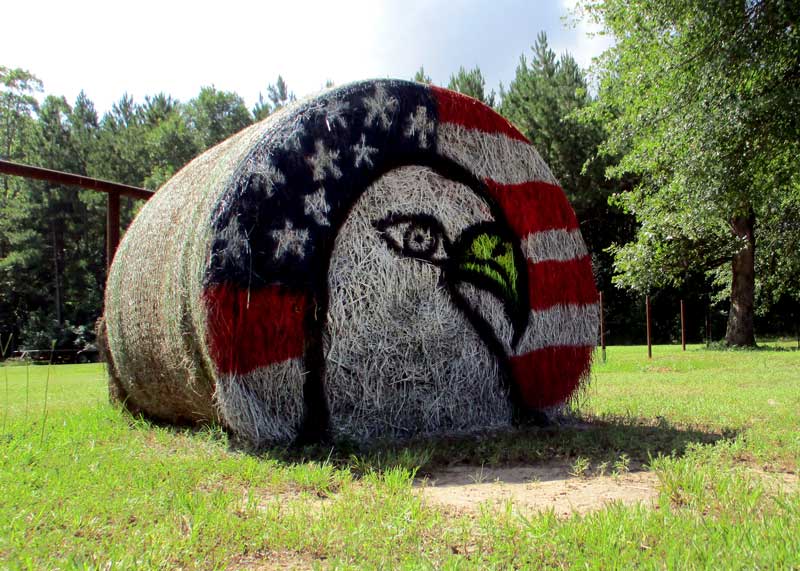Patriotism – Garden-style – by Diane Morey Sitton
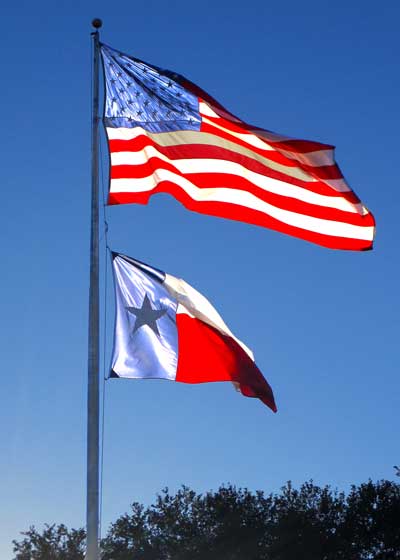
With July 4 around the corner, more flags than ever are fluttering from flag poles, catching the breeze outside of businesses, and enlivening small town streets and sidewalks.
But patriotism extends to home landscapes, too.
Look around.
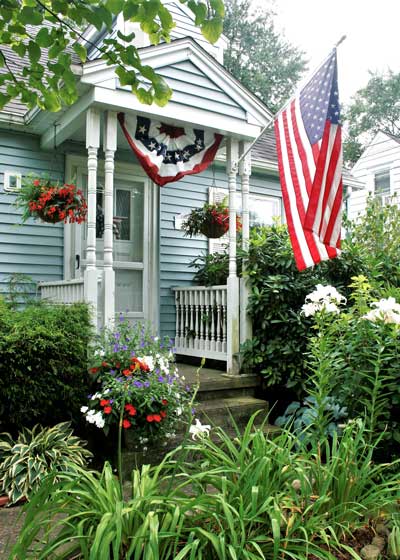
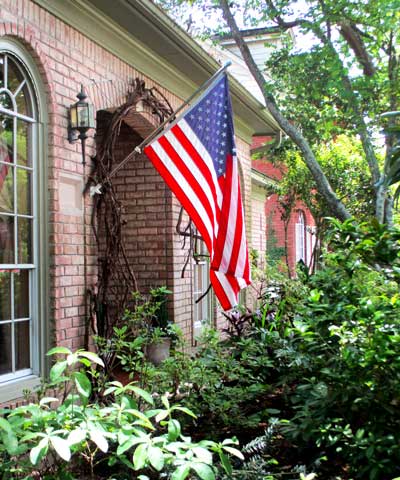
Old Glory waves its beautiful red, white and blue from porches, patios, and poolsides. It decorates entrances. It hangs from the sides of tool sheds, potting sheds and she sheds. Miniature flags – the size of postcards—decorate potted plants and window boxes.
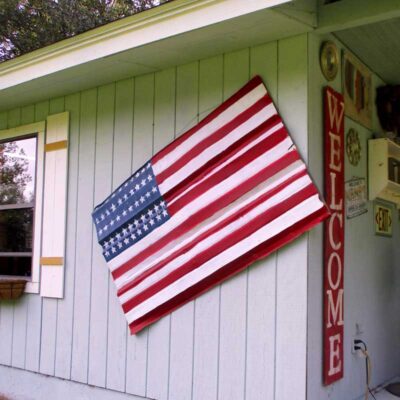
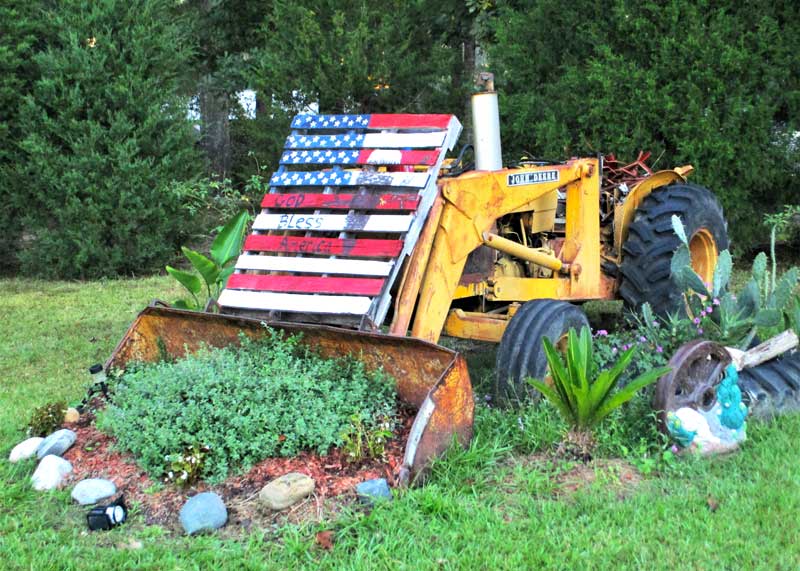
Where real flags won’t do, flag lookalikes step in, in the form of banners, bunting, and even sheets of tin and wood pallets painted flag-like.
But flags aren’t the only symbol of patriotism. Nearly life-size wooden replicas of Uncle Sam wave to folks from front lawns. Crafted of metal, wood and polyresin, American bald eagles proudly perch on yard stakes.
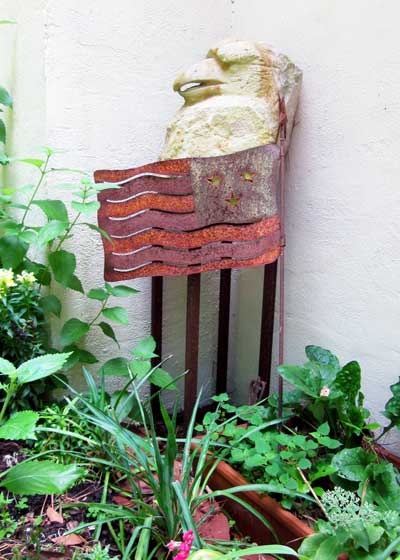
Stars and stripes decorate all manner of garden art, too. Plastic gnomes wearing star-emblazoned top hats vie for garden space with metal roosters painted red, white and blue. Flag-wannabe pillows decorate porches and patios. Star-studded spinners catch the eye with every passing breeze.
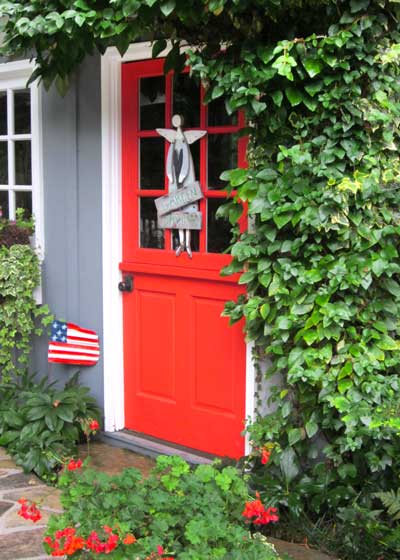
It’s not surprising that symbols of patriotism and American flag colors are abundant in gardens. After all, “Old Glory red” symbolizes valor and bravery; “Old Glory blue” symbolizes vigilance, perseverance and justice; and white stands for purity and innocence.
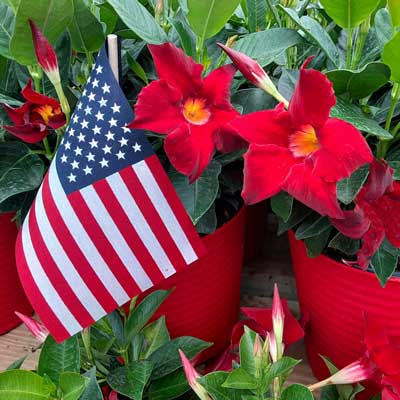
Patriotism in the garden? You bet!
SIDEBAR – Flag facts
• The American flag is sometimes referred to The Stars and Stripes and The Star Spangled Banner.
• There are 13 red and white stripes on the flag. They represent the 13 original colonies. The 50 white stars represent the 50 states.
• Each time a new state joins the U.S., a star is added to the flag, thus changing the design. The current flag design became official on July 4, 1960, when Hawaii became the 50th state. It is the longest running U.S. flag design.
• Officially, the term “canton” refers to any quarter of the flag, although it usually implies the top left corner. That quadrant of the U.S. flag (a position of honor made up of white stars on a blue background) is also referred to as the “Union.”
• The “header” is the band of material on the pole side (“hoist”) of the flag. The “fly end” is the edge of the flag farthest from the pole. In flag-speak, it follows that the term “fly” is used to designate the length of the flag.
• When displaying the flag vertically, the blue field (Union) should always be at the top left.

